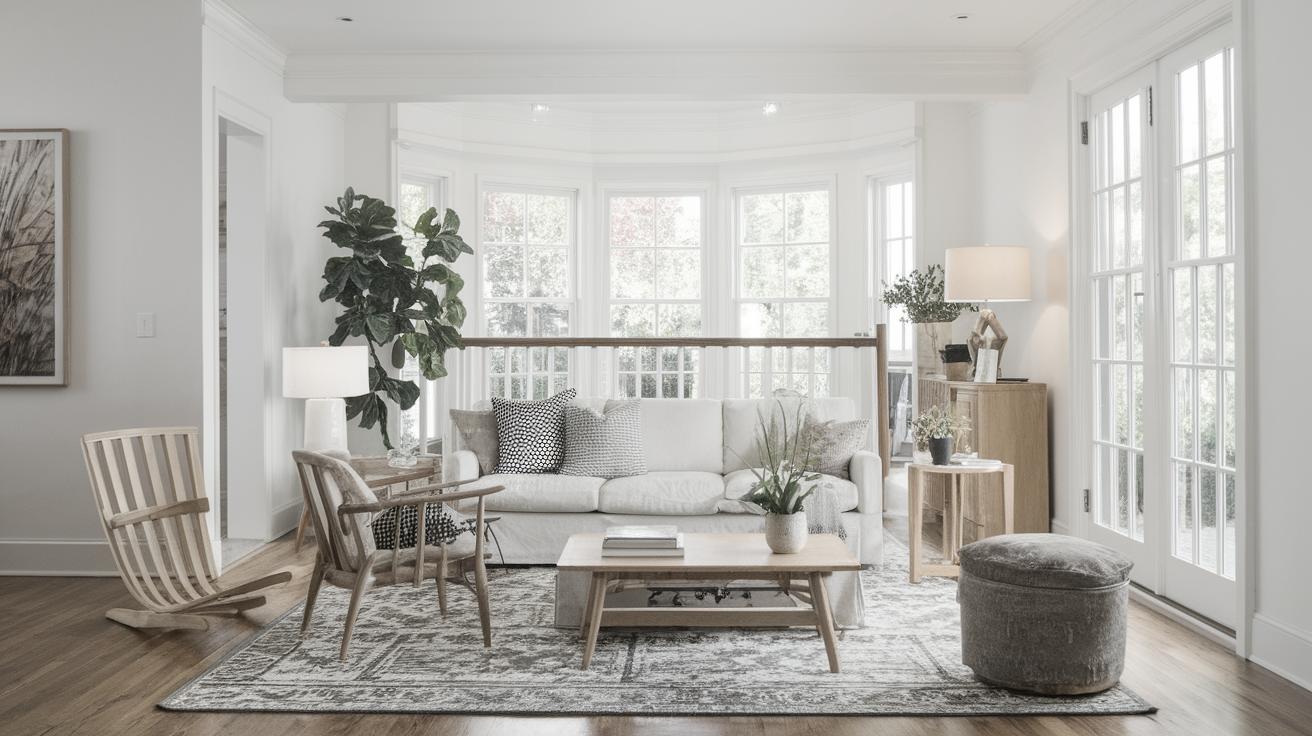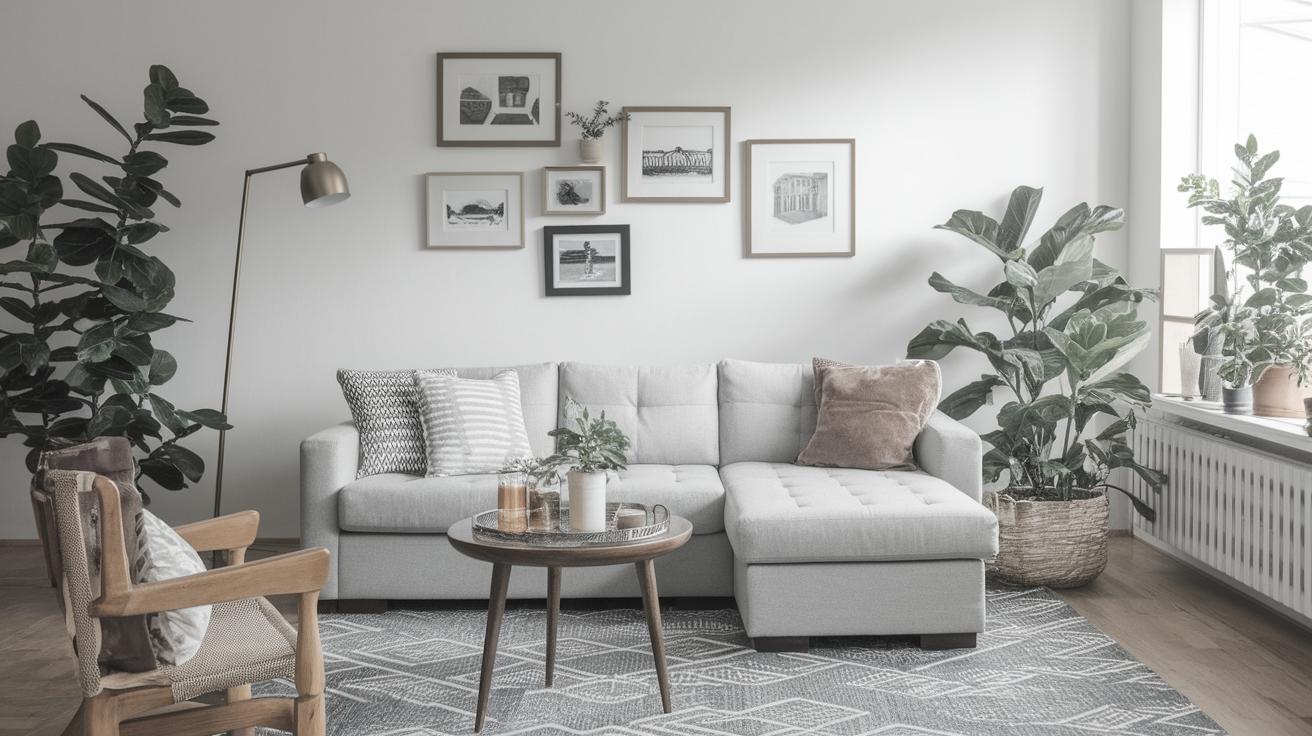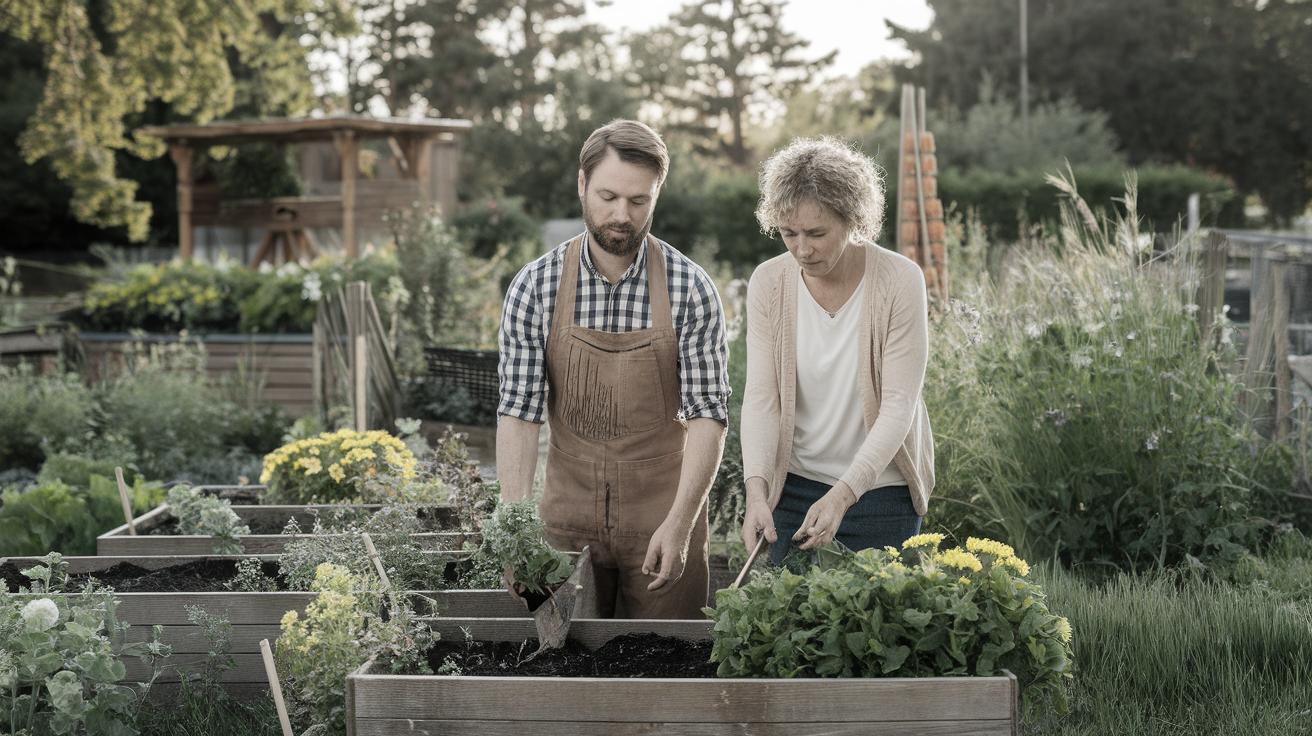The Best Way to Clean and Maintain Hardwood Floors
Hardwood floors add a touch of elegance and timeless beauty to any home, making them a prized feature. However,
to keep them looking their best, it’s essential to know how to clean and maintain them properly. This guide will give
you detailed insights into the best practices for cleaning and maintaining hardwood floors. From establishing a regular
cleaning schedule to preparing your floors for a thorough clean, and tackling stubborn stains – every aspect of care
is covered. We’ll also explore ways to prevent streaking and delve into effective maintenance tips to ensure your
hardwood floors continue to impress for years. Let’s take a closer look at how you can make hardwood floor maintenance
a seamless part of your cleaning routine.
How Often to Clean Hardwood Floors
Keeping your hardwood floors clean not only enhances their beauty but also prolongs their lifespan. As a general
rule, you should aim to sweep or dust mop your floors at least once a week. This helps in removing dirt, dust, and
debris that could scratch the surface. Frequent cleaning also prevents these particles from getting ground into the
floor, which can create unnecessary wear and tear.
In high-traffic areas such as hallways or kitchens, consider doing a light clean every few days. Additionally,
a more thorough cleaning session involving vacuuming and damp mopping should be carried out every couple of weeks.
Adjust the frequency based on your household activity, presence of pets, and environmental factors such as humidity
that may affect your floors.
Preparing Your Floors for Cleaning
Materials Needed
Before you begin cleaning, gather the necessary materials to ensure a smooth process. You’ll need a soft-bristled
broom or a microfiber dust mop for regular sweeping. A vacuum cleaner can also be useful, but make sure it has a
hardwood floor setting or an appropriate attachment to prevent scratching.
For deeper cleaning, have a quality hardwood floor cleaner on hand, or you can mix a solution of water and a
few drops of dish soap. Microfiber mops are excellent for wet cleaning as they hold just the right amount of
moisture and effectively capture dust and dirt.
Instructions
Begin by clearing the floor of any furniture or objects to avoid obstacles while cleaning. Start with a well-padded
broom or a microfiber dust mop to remove loose dirt and debris. Use long, gentle strokes for an efficient clean.
For a deeper clean, lightly mist your cleaning solution on a small section of the floor, or dampen your microfiber
mop. Avoid saturating the floor with water to prevent damage. Mop in the direction of the wood grain to maintain the
natural beauty and texture. After cleaning, allow the floor to air-dry or lightly buff with a clean, dry microfiber
cloth to remove any remaining moisture.
How to Clean Hardwood Floors
Regular cleaning with a damp mop is effective, but it’s important to avoid excessive moisture. Use a damp, not wet,
mop. Start by vacuuming or sweeping to remove dirt and debris. Then, take your damp mop and go over the entire
floor surface, paying special attention to high traffic areas. For large floors, work in sections to ensure thorough
cleaning.
To enhance cleanliness and add shine, consider using a commercial wood cleaner or a homemade solution of water and
vinegar. With vinegar, however, use sparingly since its acidic nature can dull the finish over time. Always rinse
with clean water afterward to remove any residue.
How to Remove Stains From Hardwood Floors
Hardwood floors can be prone to stains from spills or other accidents. First, identify if the stain is on the
surface or has penetrated deeper into the wood. Surface stains include watermarks which can often be removed by gently
buffing the area with a dry microfiber cloth.
For deeper stains, use a soft cloth with a tiny amount of wood floor cleaner. For persistent stains and marks, you
may need to gently rub the area with a fine steel wool pad soaked in floor cleaner. Always test on a small, inconspicuous
area first, and be cautious not to damage the floor’s finish.
How to Prevent Streaking on Hardwood Floors
Streaking is a common problem that can occur when cleaning hardwood floors. To prevent this, use only recommended
cleaning products designed for wood floors, avoiding harsh chemicals. Stick to the appropriate amount of cleaner; too
much solution or soap can leave a sticky residue that leads to streaks.
Another key factor in preventing streaks is the use of microfiber mops, which are highly effective in absorbing
moisture and debris without leaving any streaks or scratches. Dry the floor promptly with a clean microfiber cloth
after mopping to ensure a streak-free finish.
How to Maintain Hardwood Floors
Maintaining hardwood floors goes beyond regular cleaning; it involves preventive measures to protect the floor
from damage. Regularly placing padded rugs in areas with high foot traffic such as entrances can decrease wear and
tear. These rugs will also trap dirt and moisture before it reaches the wooden surface.
Incorporating floor protectors under furniture legs can safeguard against scratches and dents. Additionally, practice
instant spill cleanup to prevent water damage or staining. Also, consider placing a humidifier in your home to maintain
an optimal humidity level, preventing the wood from drying out or warping.
Future Prospects for Hardwood Floors
| Aspect | Tips |
|---|---|
| Frequency | Weekly sweeping; bi-weekly deep cleaning |
| Tools | Broom, microfiber mop, vacuum |
| Cleaning Solutions | Wood-safe cleaner or water and vinegar |
| Stain Removal | Surface buffing; cautious use of cleaner |
| Streak Prevention | Microfiber mop; appropriate cleaner amounts |
| Maintenance | Protective rugs; furniture pads; controlled humidity |


